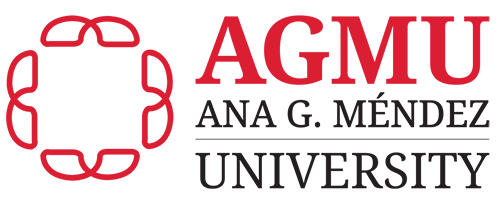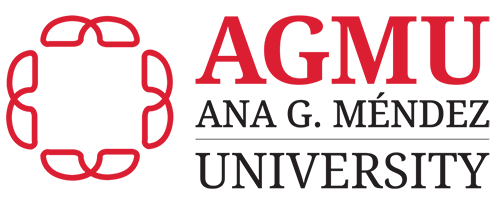Here are some important tips for reviewing your resume to ensure it stands out to employers:
- Keep It Concise
Length: Keep your resume to one page (for less than 10 years of experience) or two pages (for more extensive experience).
Clear and Simple Language: Avoid jargon or unnecessary words. Focus on what’s most relevant to the job you’re applying for. - Tailor for Each Job
Customize Your Resume: Adjust your resume for each job application, highlighting the skills and experiences that match the job description.
Use Keywords: Include keywords from the job posting to pass Applicant Tracking Systems (ATS), which often filter resumes before a human sees them. - Highlight Achievements, Not Just Duties
Quantify Results: Focus on your accomplishments, not just job responsibilities. Use numbers, percentages, or specific outcomes to show your impact (e.g., "Increased sales by 20% in one year").
Action Verbs: Use strong action verbs such as "managed," "developed," "implemented," or "led" to convey your contributions more effectively. - Focus on Relevant Skills
Highlight Transferable Skills: Emphasize skills that are applicable to the job you’re applying for, such as communication, problem-solving, or leadership.
Technical and Soft Skills: List both technical (e.g., software, tools) and soft skills (e.g., teamwork, leadership) relevant to the job. - Format for Readability
Use Bullet Points: Organize information in concise bullet points rather than long paragraphs to make it easy to skim.
Consistent Formatting: Use the same font and formatting throughout, and make sure headings stand out clearly.
White Space: Don’t overcrowd your resume. Use white space to make it easy on the eyes. - Check for Errors
Proofread: Ensure there are no spelling or grammatical mistakes. Consider using tools like Grammarly or asking a friend to review it.
Consistency: Double-check that formatting (e.g., dates, job titles, company names) is consistent throughout the resume. - Include a Strong Summary/Objective
Summary/Objective Section: If included, make sure your summary or objective is clear and relevant. Focus on what you bring to the table, not just what you want from the job. - Education and Certifications
Relevant Education: List your highest level of education and any relevant certifications. Make sure this section is easy to find.
Relevant Courses/Certifications: Include any courses or certifications that are pertinent to the job or field you’re applying to. - Remove Irrelevant Information
Outdated or Unnecessary Details: Omit details like irrelevant past job roles, hobbies, or personal information (e.g., marital status or age).
No Objective if Not Needed: Consider removing an objective statement if it's not adding value or clarity to your resume. - Check for ATS Compatibility
File Type: Save your resume as a .docx or PDF, depending on the job listing requirements. Some ATS systems can have trouble with PDFs.
Avoid Complex Designs: Stick to a simple layout that can be read by ATS without issues (avoid text boxes, graphics, or unusual fonts). - Show Career Progression
Demonstrate Growth: Employers want to see career progression. If possible, show how you've advanced in previous roles or gained more responsibility. - Include a Cover Letter
Personalize Your Application: Always submit a tailored cover letter alongside your resume. It allows you to expand on how your skills match the job and demonstrate why you’re a good fit.
By following these tips, you’ll have a stronger, more polished resume that stands out to potential employers.
Video: First Resume Tips: How to Make a Resume with No Work Experience | Indeed Career Tips


